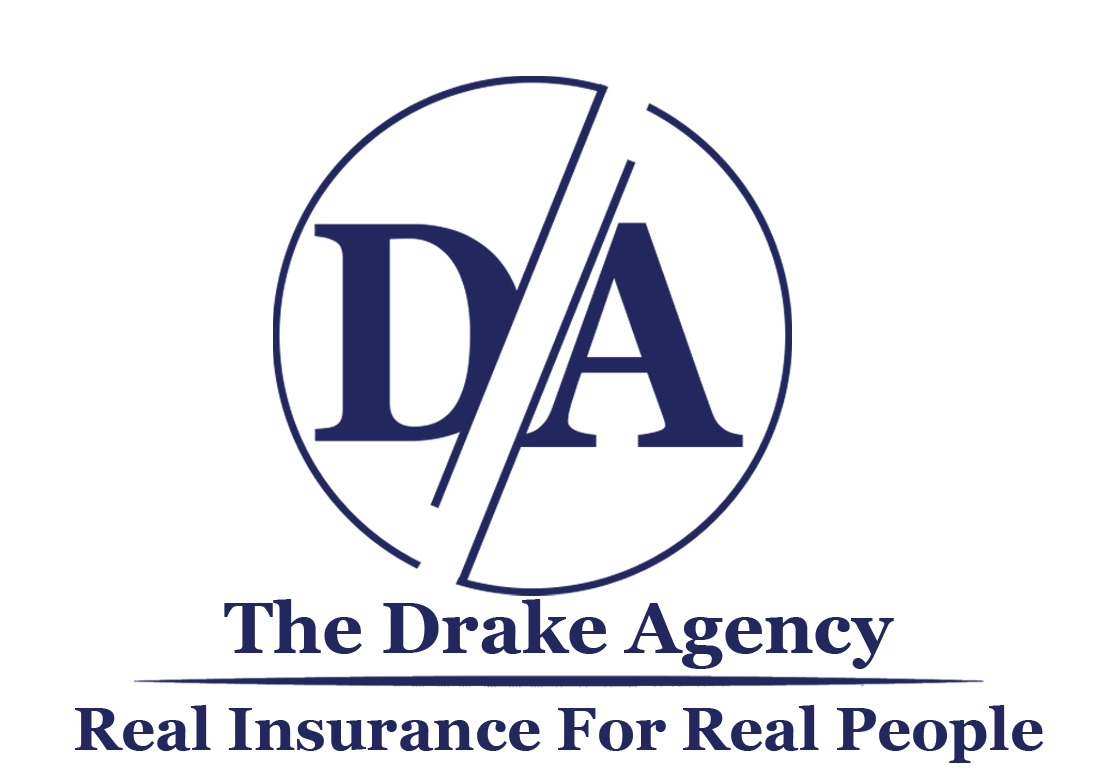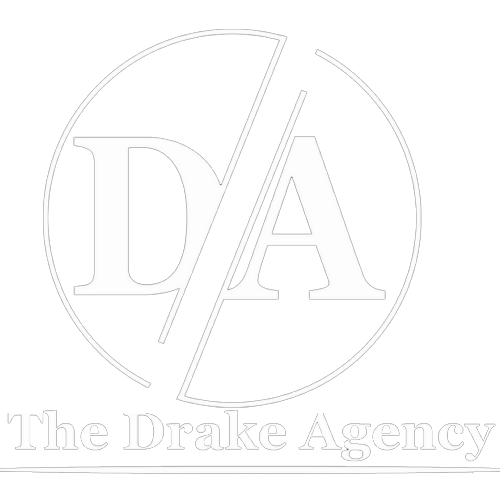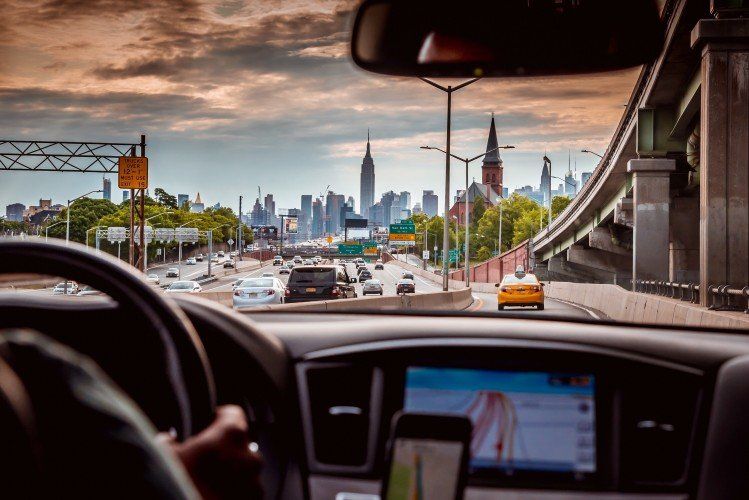How Much Car Insurance Do I Need?
Determining how much car insurance you need can be tricky. You’ll need to know how much coverage the law requires you to have, and ensure you have adequate coverage to protect your assets and yourself. You also need to find the right plan to fit your budget.
When looking at how much car insurance coverage you need, it’s best to do your research well ahead of when you need the coverage. You should also keep up with the latest rules, regulations, and parameters of the industry. Seeking advice and quotes from only one agent could result in you purchasing more coverage than you need, and possibly at a higher rate than the competition.
Why Do I Need Car Insurance?
Car insurance is designed to protect you, your assets, others, and property in the event of a collision, theft, or natural disaster. You pay a little each month for the comfort of knowing that you won't have to pay a large sum in the event of a catastrophe.
Legality
Laws vary from state to state regarding how much and what types of car insurance you need to carry. Most states require drivers to at least carry liability insurance, which pays for the bodily injuries and property damage of others if you’re at fault in an accident.
Some state laws dictate that if you're in an accident and caught driving without insurance, you won't be eligible to receive financial compensation for damage to your vehicle. Additionally, you can get a ticket, receive a court summons, and face a driver’s license suspension in some jurisdictions.
Financial Protection
Insurance can help you protect your assets. In the event of a collision, depending on the circumstances, you may need to pay for damages to your own vehicle, as well as any other involved vehicles, property, and people. Purchasing adequate insurance coverage can protect your assets and lay the burden for payment on the insurance company, saving you from writing a big check.
Lender Requirements
You can expect to meet specific car insurance requirements if you lease a new vehicle or buy one with an auto loan. By requiring an insurance policy with high coverage limits, the lender is protecting your car, which – under the terms of the loan – is legally considered their asset until you pay it off.
Failing to secure the right coverage may violate the terms of the loan. If you were to have an accident, it could also leave you paying for a car that you can no longer drive.
What Happens if I Don’t Have Car Insurance?
If you're found driving a car that is not properly insured, there can be many penalties, both criminal and financial, in addition to the loss of personal assets. If you lend your uninsured vehicle to someone, you're putting yourself at risk, in addition to the person who borrowed your car.
If a police officer stops you for a traffic violation and discovers that you're driving without car insurance, they may write you a ticket for failing to secure the required level of car insurance. Depending on state law and local policies, that officer may be required to tow your car from the scene. Often, this type of penalty includes a court appearance where
you may need to enter a plea.
Some states do offer alternatives to car insurance, such as a large cash deposit or a surety bond. For most drivers though, it’s more cost-effective to buy insurance. The financial protection that car insurance provides is far greater, as well.
Balancing Car Insurance Rates With Your Risk
There is no one-size-fits-all approach to buying car insurance. A policy that works for your neighbor or coworker might not be ideal for you. This is because your insurance coverage should offset your assets, or the value of what you own. For instance, if the damages in an accident total $100,000, but you only have $60,000 worth of coverage, you would be responsible for the additional $40,000. To get this money, courts can order that defendants sell personal assets and have their wages garnished.
On the other hand, if you do not own a home or have any savings, there is no point in paying for a policy that would cover the value of those assets. If your $35,000 car is your only asset, and you owe no money on a loan for the vehicle, you should buy a policy that's just inclusive enough to cover that asset. If you over-cover yourself, you will overpay as well.
Numerous factors go into determining your car insurance rate. In addition to the type and amount of coverage, agents consider your credit score, age, driving record, and sex, as well as historic risk factors associated with drivers. If you are considered too much of a risk, some insurance companies may not sell you a policy.
The state you live in can also affect the cost of car insurance. The Insurance Information Institute found that drivers in Idaho, Iowa, North Dakota, and South Dakota pay the least for car insurance, while drivers in New Jersey, Louisiana, New York, and Michigan pay the highest car insurance rates.
What’s the Minimum Car Insur ance I Need?
There are a few factors you need to consider when choosing car insurance coverage. First, find out what types and amounts of coverage your state requires. Next, if you plan to lease or buy a car with a loan, you’ll need to check if your lender requires specific coverage. Lastly, determine the value of your assets. This includes your car, home, savings, and business. You should buy enough car insurance coverage to protect these assets if you were to get in an accident.
Liability
Liability insurance compensates the other parties affected in a car accident for their bodily injury and property damage, if you are at fault. This can include the driver and passengers of the other vehicle or vehicles involved, injured pedestrians, and the owner of the property where the accident occurred. The key takeaway is that liability coverage does not compensate you or your passengers.
Liability policies are typically outlined as a ratio. For instance, a 100/200/50 policy would cover up to $100,000 for the injury of one person, up to $200,000 for the injuries of multiple people, and up to $50,000 for property damage, per accident.
Almost every state mandates that drivers have liability insurance. However, the minimum coverage requirements can vary. Typically, it’s around $15,000 to $25,000 in bodily injury coverage per person, about $50,000 in bodily injury coverage for two or more people, and between $5,000 and $25,000 in property damage coverage.
Bodily injury liability coverage pays for medical care, which can include hospital stays, rehabilitation, and long-term care. Property damage liability coverage pays for vehicle repairs, or the value of a totaled car. It also pays to fix damaged landscaping, buildings, and other structures.
We suggest buying a policy with more liability coverage than the minimum required. This is because the high costs of healthcare and vehicle repair can quickly add up, and if your coverage isn’t enough, those affected by an accident can take you to court to pay their remaining bills.
Collision
Collision insurance pays for the damage caused to your vehicle in an accident. This type of insurance isn’t required by law, but it’s often required by your lender if you’re leasing or financing a vehicle.
An important part of this coverage is known as the deductible. This is the amount of money you must pay upfront when making a claim before your insurance covers your expenses. By raising the deductible, you can often lower your monthly insurance payments, or premiums. The tradeoff is that you’ll initially pay more out of pocket. For example, let’s say your deductible is $1,000. If you're in an accident and it costs $10,000 to repair your car, you will have to pay $1,000 before your insurance company pays $9,000.
Comprehensive
Comprehensive insurance pays for other types of damage to your car, like vandalism, theft, flood, hail, and fire damage. Similar to collision insurance, it’s typically required by your lender if you’re leasing or financing a vehicle.
Personal Injury Protection (PIP)
Personal Injury Protection pays for medical bills and lost wages if you or your passengers are injured in a car accident. This type of coverage is often referred to as no-fault insurance, since it covers these costs regardless of who is at fault in the accident. About a dozen "no-fault states" require drivers to have this coverage, including New York, New Jersey, Michigan, Pennsylvania, and Florida. It’s optional in a handful of other states.
Medical Expenses
Medical expense coverage is similar to Personal Injury Protection. It covers your medical bills, no matter of who is at fault in an accident. However, it does not cover lost wages. This type of insurance is optional in many states. If you already have health insurance, you may find it worthwhile to skip this coverage, as the two policies may overlap.
Uninsured and Underinsured Motorist Coverage
Uninsured Motorist coverage pays for your and your passengers’ medical bills and property damage if the driver at fault in an accident doesn’t have insurance. It also applies in the event of a hit-and-run accident. Underinsured Motorist coverage is similar. It covers these expenses when the driver at fault has insufficient liability insurance to do so. Many states require this type of insurance.
Gap Insurance
A new car begins to depreciate as soon you drive it off the dealership lot. This means that you could owe more on your car loan than what the vehicle is actually worth. If the car were to be totaled in a crash, you would still have to pay the difference between what the insurance company values the car at and the amount left on your loan. Gap insurance, or guaranteed asset protection, is a type of coverage that pays this difference in the event of a total loss. It’s typically required when you lease or finance a car.
Rideshare Insurance
Rideshare insurance offers supplemental coverage for drivers of ride-hailing services like Uber and Lyft. This is important, as each company’s auto policy provides different levels of coverage depending on the situation.
For example, you may receive full liability, collision, and comprehensive coverage once you’ve accepted a ride request and picked up passengers, but only minimal liability coverage if you’re waiting for a ride request. Additionally, your personal auto policy may not cover you at all if you haven’t disclosed to the insurer that you’re using your vehicle for work-related purposes. Both instances could put your finances in jeopardy if you were to cause a crash. On the plus side, many insurers have begun to offer rideshare coverage, and it typically isn’t expensive to add to your existing policy.
Forgiveness Coverage
Your insurance rates can rise if you're at fault for a car accident. If you haven’t been at fault for an accident for at least a year, you may be eligible for a discount on your insurance policy. Forgiveness coverage works like these discounts, offering forgiveness if you cause an accident within the time frame spelled out in your policy. This essentially wipes your record clean and enables coverage cost escalation relief. Generally, you’re only able to use this coverage once.
Glass Coverage
With a glass coverage policy, you can replace your broken or cracked window at no cost. These types of policies have no deductible. Some states allow this type of coverage in your comprehensive coverage plan, while in others, you’ll need a separate policy.
Custom-Equipment Coverage
If you’ve customized your vehicle with aftermarket parts, you’ll want to consider custom-equipment coverage. Most traditional comprehensive coverage policies only cover original equipment. A custom-equipment policy can help with the expense of repairing custom parts that are damaged in an accident.
The long list of covered items includes everything from upgraded stereo equipment to winches to custom paint jobs and decals. These policies generally have a low maximum limit compared to traditional coverage policies.
Pay-Per-Mile Coverage
Some insurance companies offer a pay-per-mile plan, which allows you to pay for your insurance based on how many miles you drive each year. If you don't put many miles on your car, this type of plan could save you a lot of money. Most of these plans have a base rate that policyholders pay, plus a fee that's determined by the number of miles you drive. Mileage is reported to the insurance company via a device that plugs into your car and tracks your driving.
This coverage often includes collision and comprehensive policies, and can include additional coverage as well.
Roadside Assistance
If your vehicle needs a tow, whether it’s been in an accident or not, you can use roadside assistance coverage to pay for it. Organizations like AAA offer similar roadside assistance services.
Many new vehicles come with warranties that include roadside assistance. Those types of warranties often have strict limits, so do your research to see if you'll need to supplement that coverage with an additional policy or by subscribing to a service.
Umbrella Insurance
Umbrella insurance provides additional liability coverage. It is a supplemental policy that goes into effect after you've exhausted other liability policies. It can be helpful if you're involved in a lawsuit as the result of an accident. These policies are usually only available with coverage of a million dollars or more, and they are designed to benefit drivers with many assets.
Rental Reimbursement Coverage
Rental reimbursement coverage pays for a rental car or other form of transportation when your car is inoperable because of an accident. Also called transportation expense coverage, this type of policy usually has limits as to how much the insurance company will pay per day.
Original Equipment Coverage
If you get into an accident and your vehicle needs repairs, repair shops will often fix your car with aftermarket parts that function like your vehicle’s original equipment. This is usually cheaper than using parts from the original manufacturer. Many of these parts are at least as good as the original equipment, if not better. If your vehicle needs repairs as the result of a collision, original equipment coverage guarantees that it will be repaired with parts from the vehicle’s manufacturer.
Insurance Agent
Adam Drake
Nassau: 516-916-4020
Suffolk: 631-557-4680
NYC: 212-324-3025
Nassau Address: 26 Nassau Blvd., Garden City, NY 11530
Email: Adam@TheDrakeAgency.com
Leave a comment
Latest Posts


Our Insurance
Whether you need insurance policies to cover your home or your vehicle in New York, you can work with The Drake Insurance Agency to make sure you get the best coverage.
Location
(516) 916-4020
(631) 557-4680
(212) 324-3025
Email us







